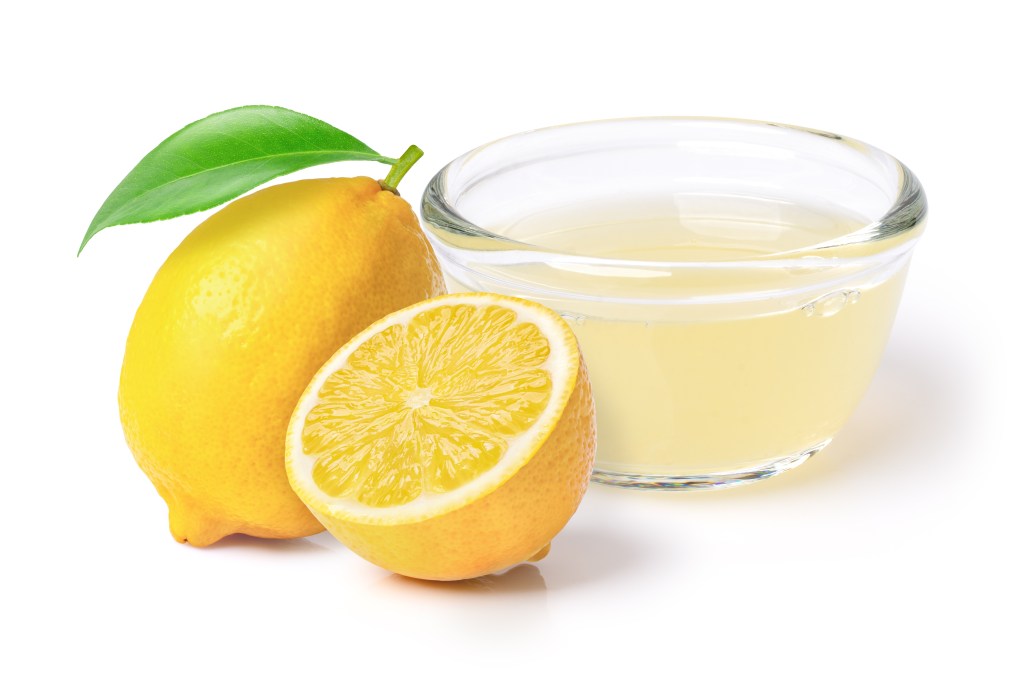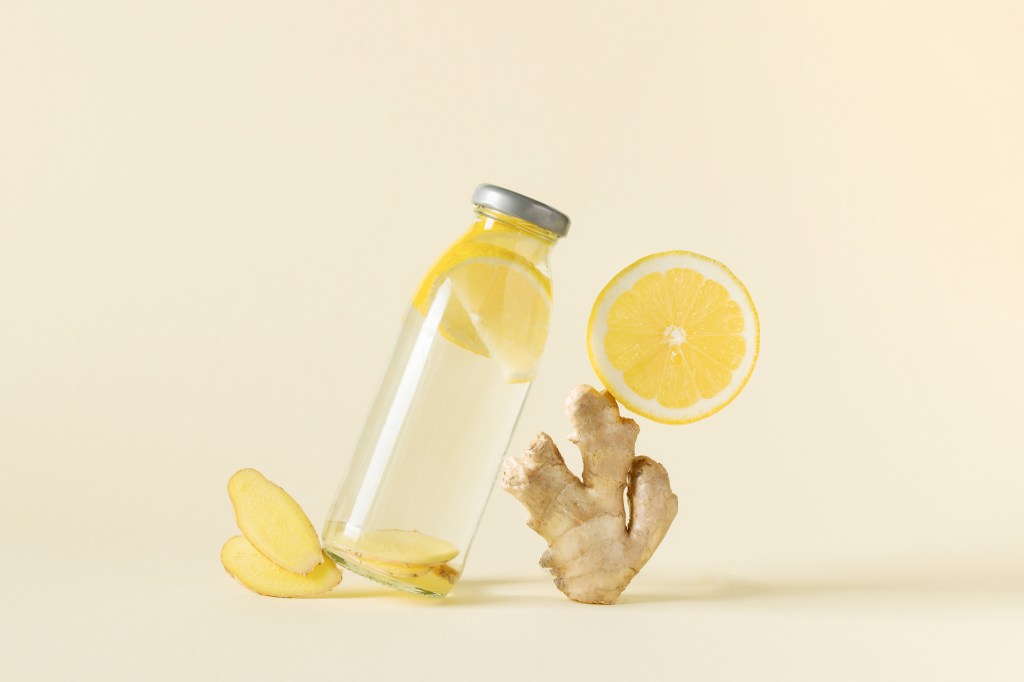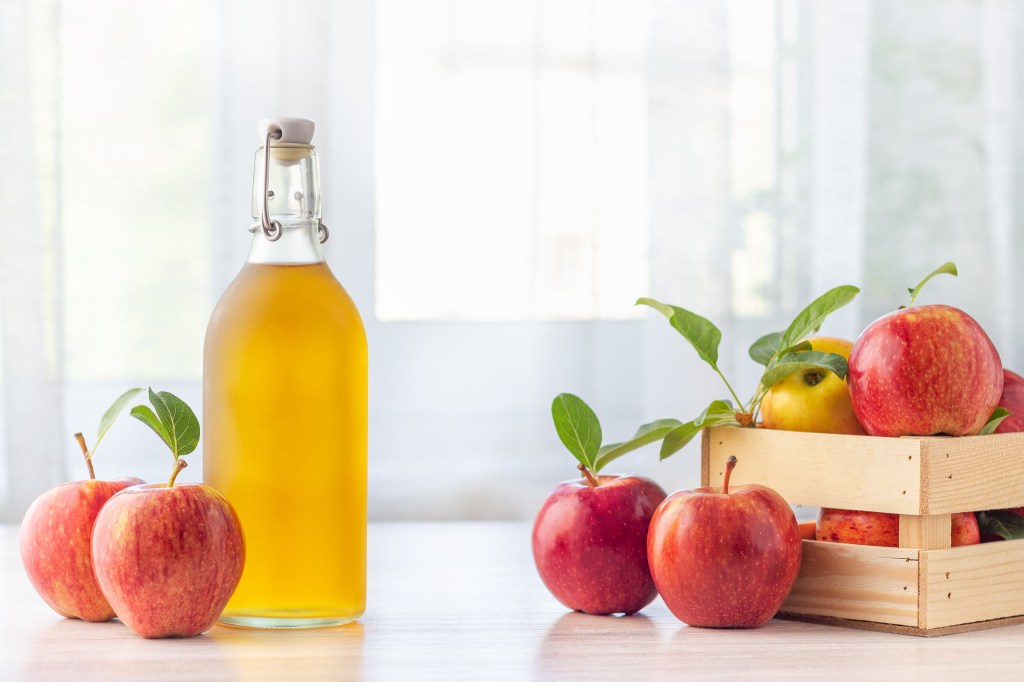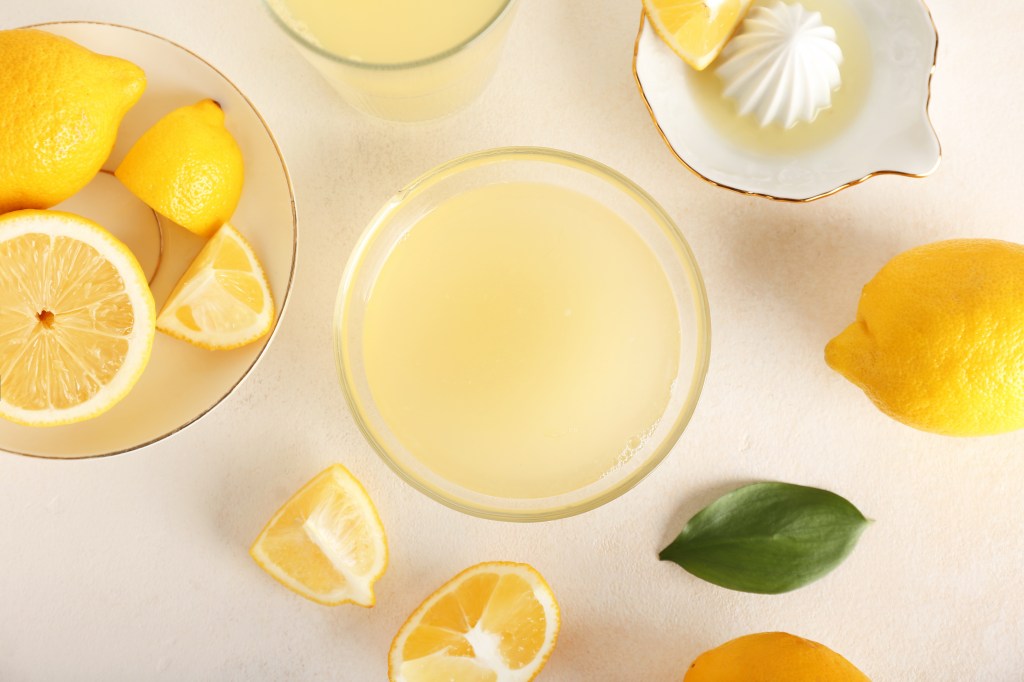Lemons are rich in vitamin C, a powerful antioxidant that protects against free radical damage and boosts the immune system. But does lemon juice have vitamin C?
Yes, lemon juice contains vitamin C. However, not all types of lemon juice are equally nutritious.
Discover the health benefits of fresh lemon juice and learn simple ways to incorporate lemons into your daily routine.

How much vitamin C do you need daily?
Vitamin C, also known as ascorbic acid, is a potent antioxidant that helps neutralize free radicals, which are unstable molecules contributing to cell damage and premature aging.
Maintaining optimal levels of vitamin C daily is vital for robust immune functions, supports collagen production for healthy skin and bones, and facilitates effective wound healing.
Vitamin C also plays a key role in iron absorption, helping the body convert plant-based, non-heme iron into a bioavailable form that can be utilized by cells and tissues.
Because humans cannot synthesize vitamin C, it’s classified as an essential nutrient that must be obtained from dietary sources.
Inadequate vitamin C intake can lead to deficiency symptoms, including increased risk of bleeding and bruising, fatigue, anemia, joint pain, poor skin health, and dental issues.
The recommended dietary allowance (RDA) for vitamin C varies depending on age, sex, and other health factors.
Here are the RDAs for vitamin C based on age and gender:
- 0 to 6 months: 40 mg
- 7 to 12 months: 50 mg
- 1 to 3 years: 15 mg
- 4 to 8 years: 25 mg
- 9 to 13 years: 45 mg
- 14 to 18 years: 75 mg (males), 65 mg (females)
- 19 years and older: 90 mg (males), 75 mg (females)
In addition, pregnant and lactating teens and women require between 80 and 120 mg of vitamin C daily, and smokers should aim for 35 mg more than non-smokers.
Watch the video below to learn if bottled lemon juice is a good source of vitamin C.
Does lemon juice have vitamin C?
While most of lemon’s vitamin C content is found in the peel, the juice and pulp are also excellent sources of this water-soluble nutrient.
According to the United States Department of Agriculture (USDA), one medium-sized lemon contains approximately 34 mg of vitamin C.
Consuming a lemon daily alongside a healthy diet rich in vitamin C-containing vegetables, such as bell peppers, Brussels sprouts, and kale, can provide significant amounts of ascorbic acid.
One medium-sized lemon contains:
- 17 calories
- 0.2 g fat
- 0.6 g protein
- 6 g carbohydrates
- 2 g fiber
- 4 g net carbs
In addition to vitamin C, lemons also offer several other essential vitamins and minerals, including calcium, iron, magnesium, phosphorus, and potassium.

Choose lemons, not bottles
Bottled juice may seem a convenient way to add lemon to your diet. However, it’s not a significant source of vitamin C due to the pasteurization process, which helps kill bacteria and increase shelf life.
“Pasteurization exposes lemon juice to oxygen and heat, which accelerates the breakdown of vitamin C,” explains Dr. Berg. “By juicing lemons at home, you preserve the raw integrity of the fruit and maximize its nutritive value.”
Additionally, it’s recommended to choose organic lemons, as they haven’t been exposed to glyphosate. This chemical pesticide, widely used on conventional produce, is linked to reproductive harm, increased cancer risk, and other adverse effects.
Non-organic lemons often contain glyphosate or other pesticide residues, and consuming their zest, even after washing, can lead to chemical accumulation in the body.
A study published in Foods found that washing with tap water–the most common household method used to cleanse produce–is inefficient for glyphosate residue removal due to the hydrophobic nature of pesticides.

More health benefits of lemons
While lemons are best known for their high vitamin C content, they also contain several other nutrients and beneficial plant compounds that contribute to good health.
Lemons are a source of several B vitamins, including B1, B5, and B6. These vitamins are vital for many biological functions, including energy production, nerve maintenance, cognition, and blood cell synthesis.
Lemons contain very little alpha-tocopherol, also known as vitamin E. However, vitamin C in lemons helps regenerate vitamin E in the body, allowing both antioxidants to work together to neutralize free radicals, support immunity, and maintain skin health and elasticity.
Fresh lemons also contain potassium, an electrolyte that maintains normal nerve function, fluid balance, and muscle contractions. It also helps optimize blood pressure levels and supports heart health.
Additionally, lemons are high in citric acid, an organic compound that may help reduce the occurrence of kidney stones by binding with calcium in urine, thereby preventing mineral crystallization.
A study published in the Korean Journal of Urology concluded, “Patients with low urinary citrate should be encouraged to increase their consumption of foods high in citric acid, such as lemon and lime juice. Consuming just 4 ounces of lemon juice per day has been shown to significantly increase urine citrate levels.”

The best ways to use lemon juice
Because heat destroys vitamin C, consuming fresh lemon juice in its raw and unpasteurized form is recommended.
Here are four simple and delicious ways to incorporate lemon juice into your wellness routine.
1. Squeezed in water
Adding lemon juice and pulp to filtered water is the most popular way to enjoy lemon juice. You can also grate lemon zest into your water or tea for a refreshing, nutrient-rich beverage.
Lemon water is often consumed upon waking to promote metabolic processes, boost antioxidants and nutrients, and support hydration.
However, to avoid damaging the enamel on your teeth, diluting lemon juice and drinking it with a straw is recommended.
Consuming too much lemon juice can also irritate the stomach lining, leading to gastrointestinal issues, nausea, and a burning sensation, especially in those prone to ulcers or gastritis.
2. Added to smoothies
Blending a whole lemon with berries and leafy greens is an excellent strategy to maximize its nutritional content.
Lemon peel contains essential oils, such as limonene, which are linked to several potential health benefits, including optimal cellular functions and improved digestive and cardiovascular health.

3. Combined with apple cider vinegar
Mixing lemon juice with apple cider vinegar (ACV) is an excellent way to boost vitamin C intake, optimize digestion, and maintain healthy blood sugar levels.
Both lemon juice and apple cider vinegar may help promote insulin sensitivity, which helps support glucose metabolism and reduce the risk of obesity and metabolic diseases, such as type 2 diabetes.
4. Mixed with electrolyte powder
For athletes or those who exercise regularly, adding lemon juice to an electrolyte drink can significantly boost vitamin and antioxidant content and enhance hydration.
Lemon juice, especially when combined with potassium-rich electrolytes, may help support muscle health by promoting collagen synthesis and proper muscle fiber functions.

Key takeaways
Does lemon juice have vitamin C? Yes, fresh lemon juice is an excellent source of vitamin C.
In contrast, pasteurization can significantly reduce lemon juice’s nutrient profile, explaining why bottled lemon juice is typically not as rich in vitamin C as fresh-squeezed juice.
Raw juice retains its vitamin C and phytonutrient content, offering potential benefits for immune system defenses, collagen production, wound healing, and muscle function.
FAQ
1. Does lemon juice have vitamin C?
Yes, lemon juice contains vitamin C. While most of the vitamin C is found in lemon peel, fresh lemon juice and pulp are also excellent sources.
2. Why does bottled lemon juice not have vitamin C?
Bottled lemon juice doesn’t contain high amounts of vitamin C due to pasteurization processes, which expose the juice to high heat and degrade vitamin C, a highly heat-sensitive nutrient.
3. What time of day should I drink lemon water?
Lemon water can be consumed at any time of the day. However, it’s often consumed upon waking to support metabolic pathways, boost nutrient intake, and promote hydration.
4. Is it fine to drink lemon water every day?
Yes, drinking lemon water daily is generally safe for healthy adults. However, consuming lemon juice with a straw is recommended to avoid damaging the enamel on your teeth.
Additionally, drinking too much lemon juice can irritate the stomach lining and increase the risk of gastrointestinal issues, especially in individuals at risk of stomach ulcers or gastritis.
5. How can I get 100 percent of vitamin C daily?
In addition to a healthy diet rich in vegetables containing vitamin C, blending a whole lemon into a smoothie can help you meet the recommended dietary allowance (RDA) for vitamin C.
Sources
- https://snaped.fns.usda.gov/resources/
- https://pmc.ncbi.nlm.nih.gov/articles/PMC9498324/
- https://pmc.ncbi.nlm.nih.gov/articles/PMC4265710/


















